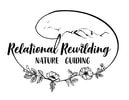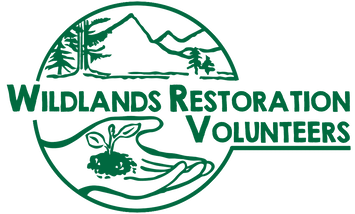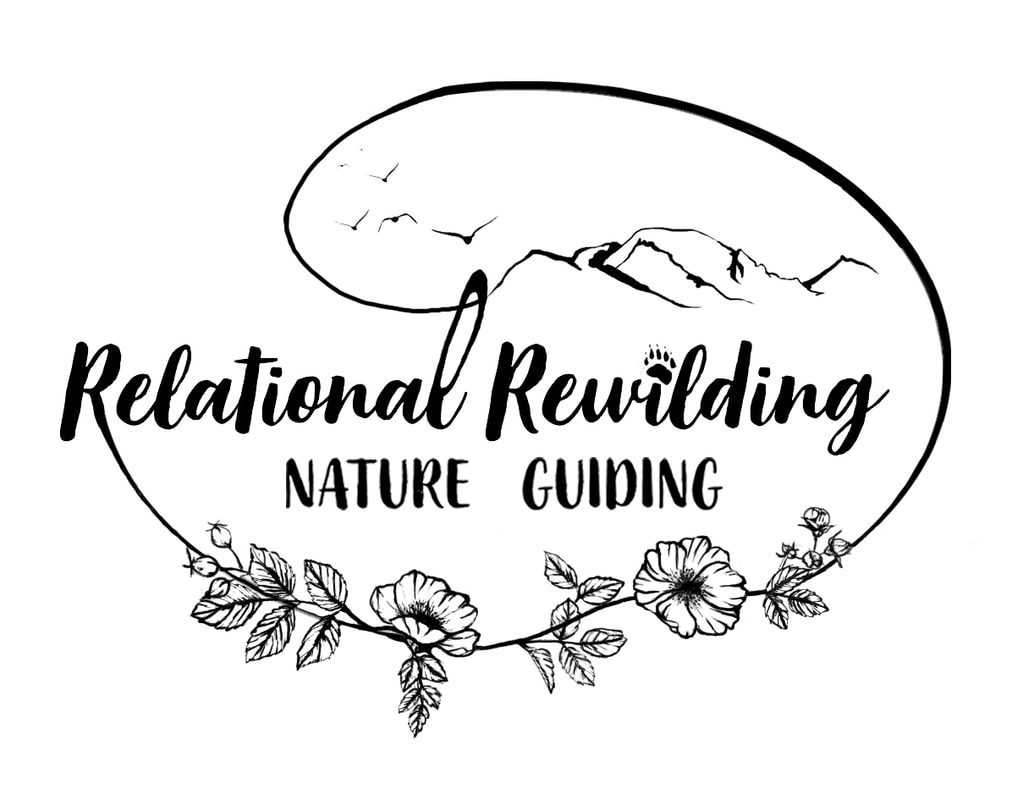Nature Needs you!
Chances are you could identify one or multiple times in your life when the natural world assisted, helped or saved you in some way. I know that to be very true for me. A conclusion I draw from these experiences is that I am gratefully accountable to assist, help and save the natural world in return.
Below are a few ongoing issues that need your care, attention and/or action, and some local organizations to get involved with. Some are links for educating yourself on important issues such as the future of the Colorado River and our Colorado State forests; some have action items.
Thank you for taking some precious time in your life to give back to our precious ecosystems and their inhabitants. Thank you for wanting a healthy Colorado for future generations, and for participating in reciprocal relationships.
Below are a few ongoing issues that need your care, attention and/or action, and some local organizations to get involved with. Some are links for educating yourself on important issues such as the future of the Colorado River and our Colorado State forests; some have action items.
Thank you for taking some precious time in your life to give back to our precious ecosystems and their inhabitants. Thank you for wanting a healthy Colorado for future generations, and for participating in reciprocal relationships.
Save Bear Creek Lake Park!
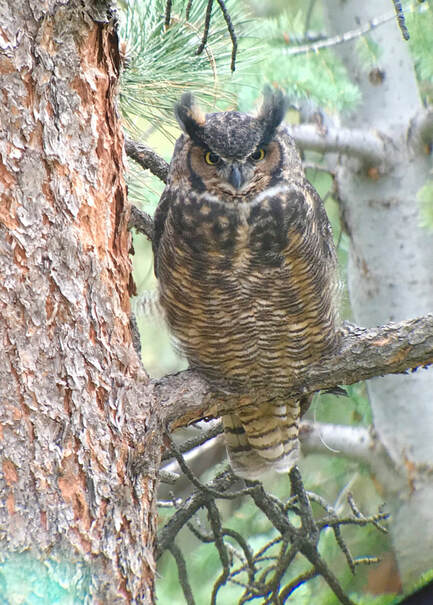 Many Great Horned Owls nest in the riparian areas within BCLP
Many Great Horned Owls nest in the riparian areas within BCLP
If you live somewhere in the central front range of Colorado, then you know Bear Creek Lake Park. It is a favorite spot for hundreds of thousands of visitors annually, attracting locals and non-residents to hike, bike, boat, snowshoe, bird watch, wildlife watch, fish, run, and swim. The parks ecological and geographical location offers wildlife, plants, birds, insects and people a refuge from the sprawling surrounding towns and communities. Most famous in the park is the incredible riparian corridor that offers serene beauty and precious, rare habitat to owls, mammals, birds, and more. Riparian ecosystems run along waters edges., In Colorado, riparian areas occupy only 4% of our total landscape and yet support approximately 95% of our birds and animals during some or all of their life stages. This makes our riparian areas critical to the health of our Colorado fauna friends.
Right now, the critical riparian areas in the park are at risk. There is a 3-year Bear Creek Lake reallocation feasibility study occurring in response to a proposal for increasing water storage in the Bear Creek reservoir. The Colorado Water Conservation Board and the US Army Corp of Engineers want to increase water in the lake by 10x which would cover 615 acres of land and riparian habitat in the park. Please visit www.savebearcreeklakepark.org for more detailed info about the project and to write the Corps of Engineers study team rejecting the project. You may find talking points for emails and mail letters, and community events and meetings when they occur. You may also email me for a letter you can copy and paste.
Colorado river
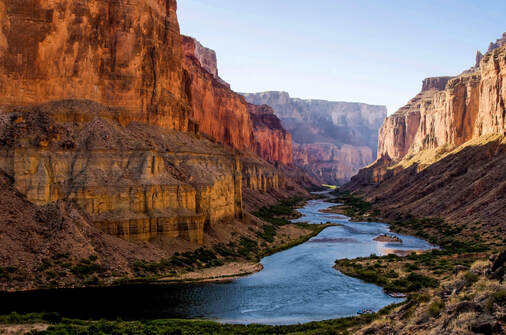
'The Colorado River starts in Rocky Mountain National Park along the jagged edge of the Continental Divide at over 12,000 feet of elevation. The river cascades, flows, tumbles, and rumbles through 1,450 miles of mountains, canyons, high plains, and low deserts on its journey to the Sea of Cortez in Mexico. The entire Southwest United States completely depends on the Colorado River and its tributaries – the states of Colorado, Utah, New Mexico, Arizona, Nevada, Wyoming, and California use the river’s water for farming, drinking, growing lawns, and generating hydroelectric power.
Thirty million people in the Southwest use the Colorado River’s water for their material sustenance; millions more use the river itself for recreation and spiritual enjoyment. The river quenches our thirst, feeds our souls, enlivens our senses. And we are not the only inhabitants using this river – its waters, canyons, and habitats provide a vibrant but deeply threatened ecosystem for untold numbers of plant and animal species. All of these competing demands make the Colorado River one of the most contested and controlled rivers on Earth. Over the last decade, humans have drained all of the river’s water – all 5 trillion gallons – before it reaches the Sea of Cortez. The Colorado River is in very bad shape and deeply threatened.' (SavetheColorado.org)
Read the latest news about Colorado River projects and periodic action items HERE.
Other Colorado water proposed projects that need your activism: Help us halt the Gross Dam Expansion in Boulder County. You do not need to be a Boulder resident.
Learn more at www.savebouldercounty.org and Sign the Action Item to Boulder County Commissioners HERE.
Also, reduce your water consumption by planting low-water usage native plants around your home and/or neighborhoods. See Below!
Thirty million people in the Southwest use the Colorado River’s water for their material sustenance; millions more use the river itself for recreation and spiritual enjoyment. The river quenches our thirst, feeds our souls, enlivens our senses. And we are not the only inhabitants using this river – its waters, canyons, and habitats provide a vibrant but deeply threatened ecosystem for untold numbers of plant and animal species. All of these competing demands make the Colorado River one of the most contested and controlled rivers on Earth. Over the last decade, humans have drained all of the river’s water – all 5 trillion gallons – before it reaches the Sea of Cortez. The Colorado River is in very bad shape and deeply threatened.' (SavetheColorado.org)
Read the latest news about Colorado River projects and periodic action items HERE.
Other Colorado water proposed projects that need your activism: Help us halt the Gross Dam Expansion in Boulder County. You do not need to be a Boulder resident.
Learn more at www.savebouldercounty.org and Sign the Action Item to Boulder County Commissioners HERE.
Also, reduce your water consumption by planting low-water usage native plants around your home and/or neighborhoods. See Below!
Local Organizations to help you Rewild!
|
A significant part of rewilding your life is rewilding your lawn or property. The plants in our care either support or inhibit wildlife and natural processes such as pollination and the local food webs. The water they require reflects Colorado's high desert ecosystem or puts strain on our ecosystems by using more than our landscapes can provide (see above about the Colorado River). If you are in the surrounding Denver Metro area, contact our friends, Jax and Lindsey, with Remedy Permaculture Design to inquire how they can help you invite Wild into your landscape life. |
|
The mission of Denver Audubon is to inspire actions that protect birds, other wildlife, and their habitats through education, conservation and research. They provide our communities with public and private education programs, school outreach, advice to residents and advocacy groups on legislation that impacts our local environment, and participate in and support local environmental research projects. Contact them for a family or school group program, to learn more about local environmental issues, and learn how to attract and support our local birds and wildlife!
|
|
Wildlands Restoration Volunteers (WRV) is a Colorado nonprofit 501(c)(3) that organizes thousands of volunteers each year to complete more than 150 conservation projects throughout Colorado. Volunteer events range in length from a few hours to multi-day campouts and are located in beautiful natural areas from the plains to the alpine. By volunteering with WRV, you’ll meet great people while helping to heal the land and strengthen our communities. |
|
My friends at Wild help expand and empower global coalitions that defend earth's life-saving wilderness. This local organization in Boulder, CO is working hard to protect what keeps all life healthy and nourished: Biodiversity. They work on grassroots, national and global levels to ensure the existence of and rights for wild places and people. Click HERE to learn more!
|
National Forests
Our Colorado (and beyond) national forests are at risk. The National Forest Service, a pawn of the logging industry, is hoodwinking the public into believing excessive logging practices are for the 'resiliency' and 'fire protection' of our forests and homes. These are not founded on science. Its true. More coming soon...
